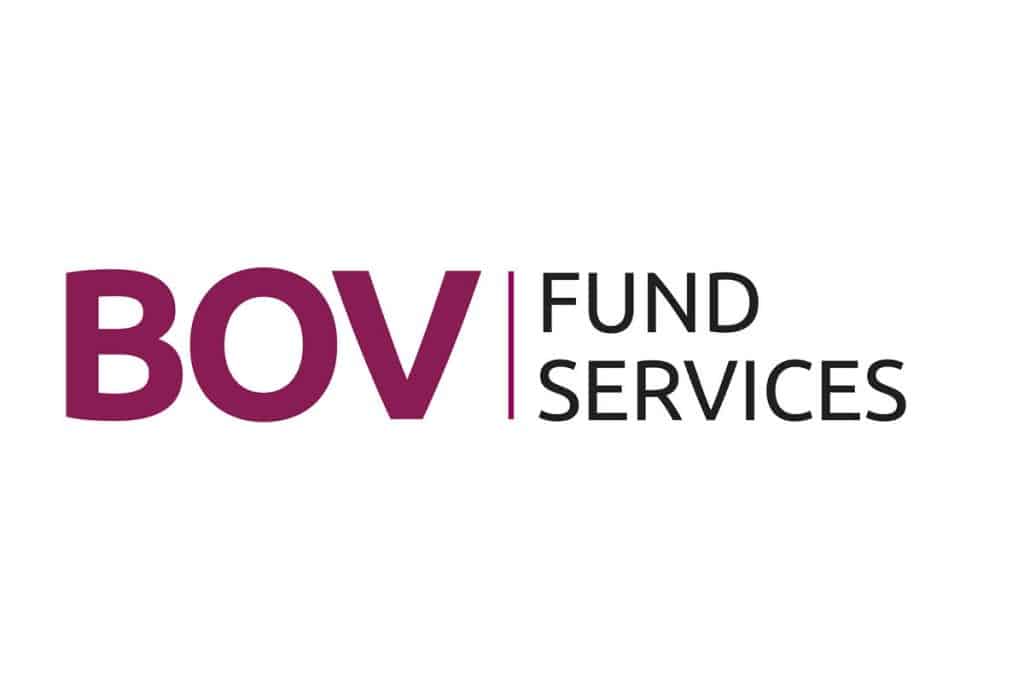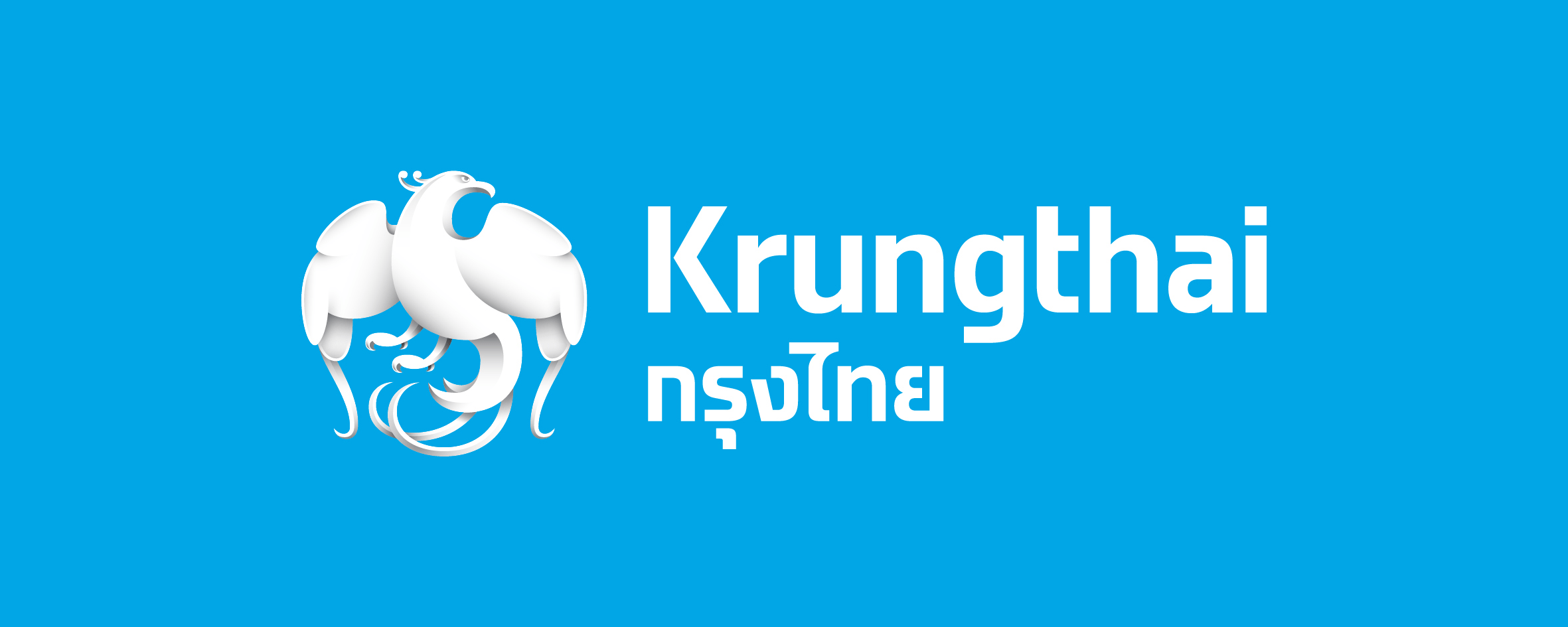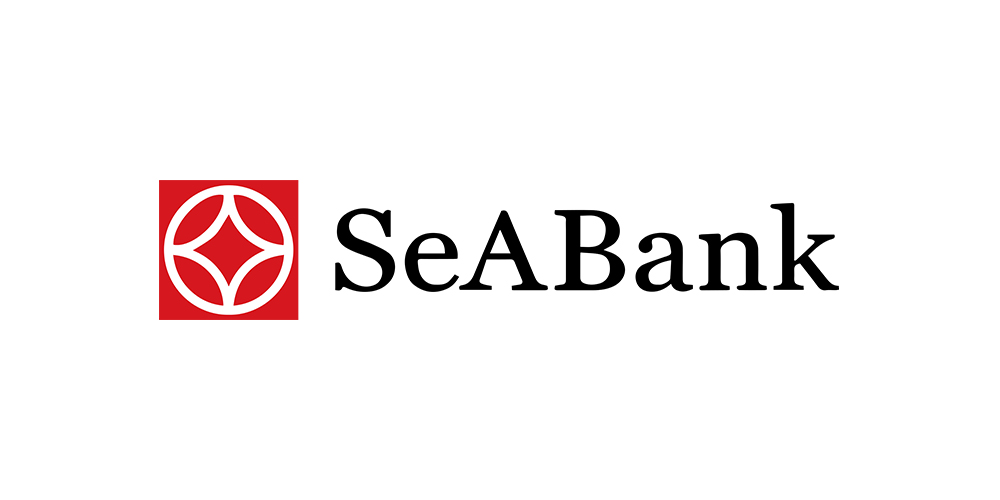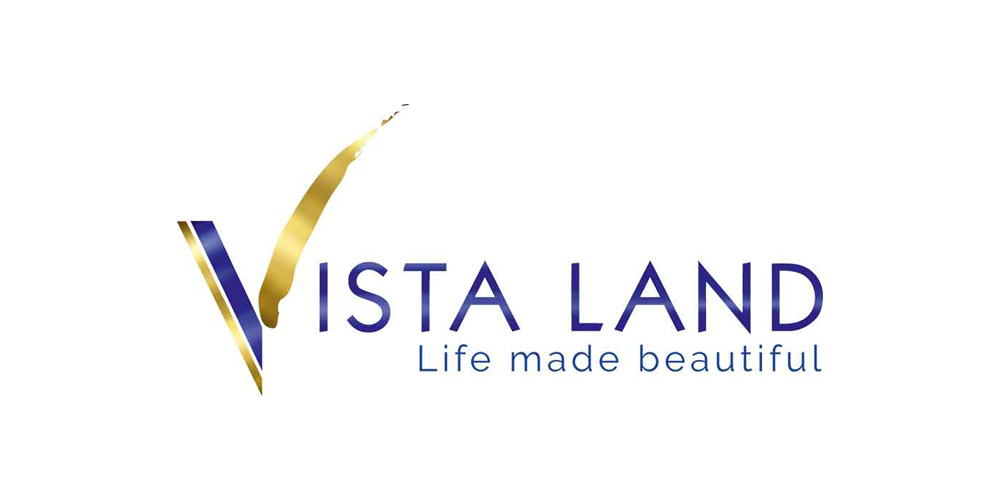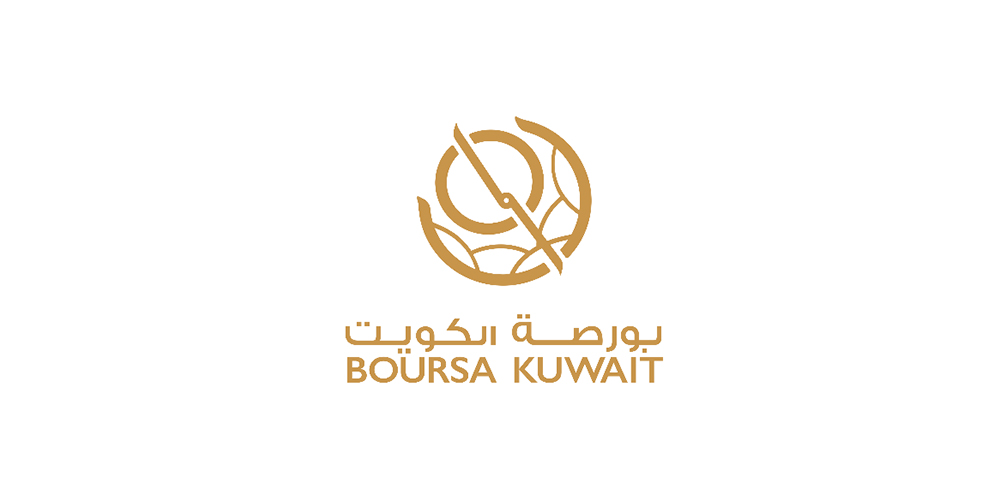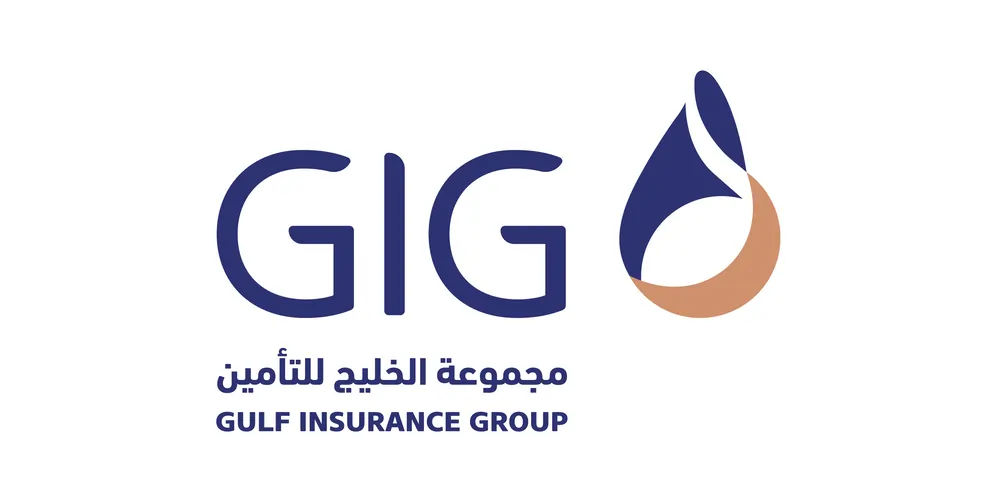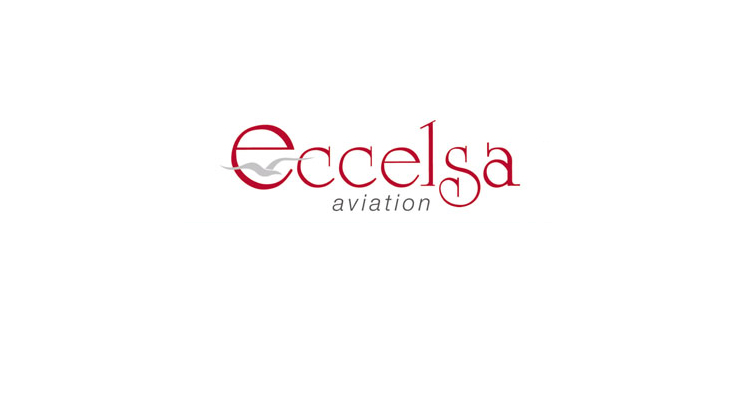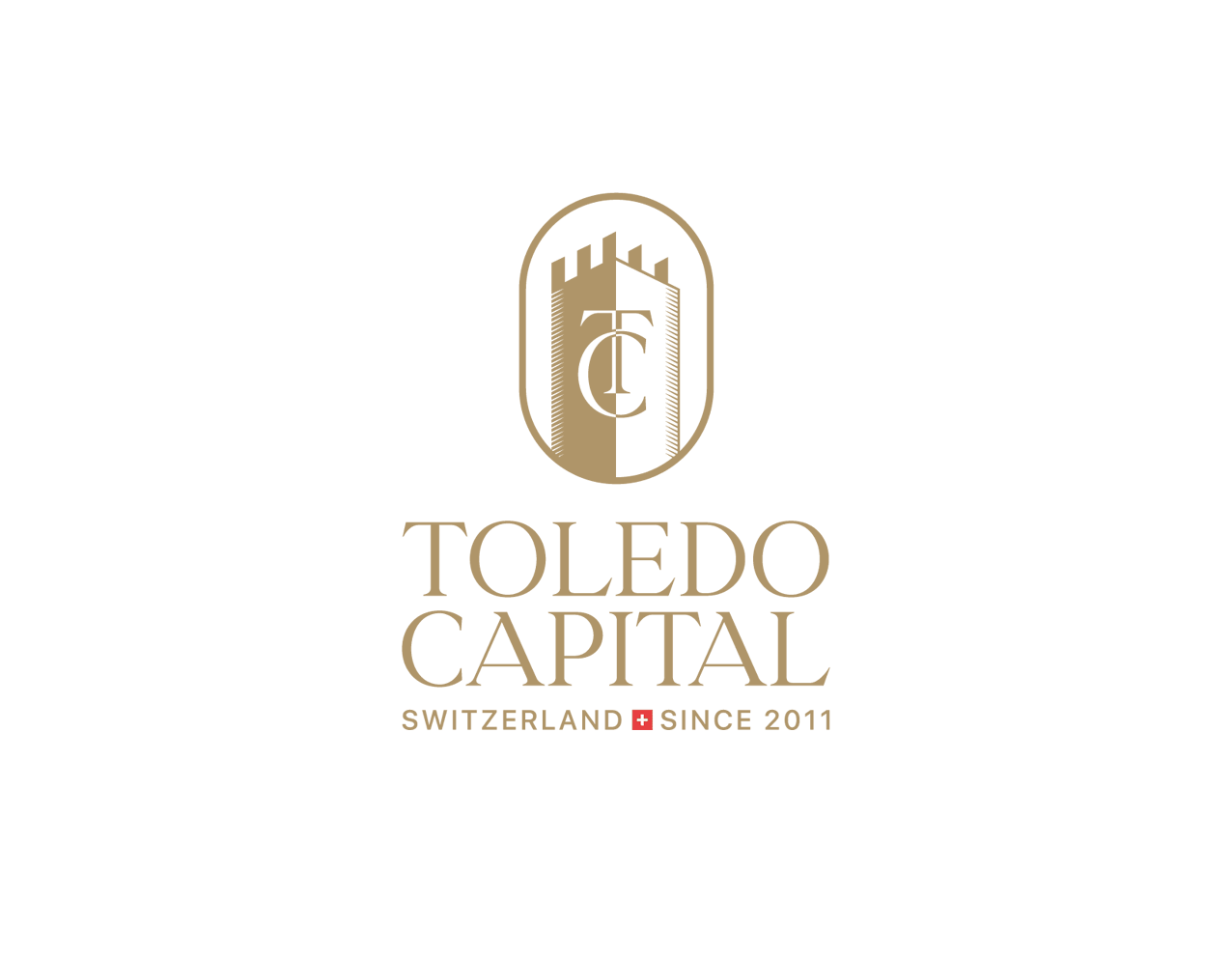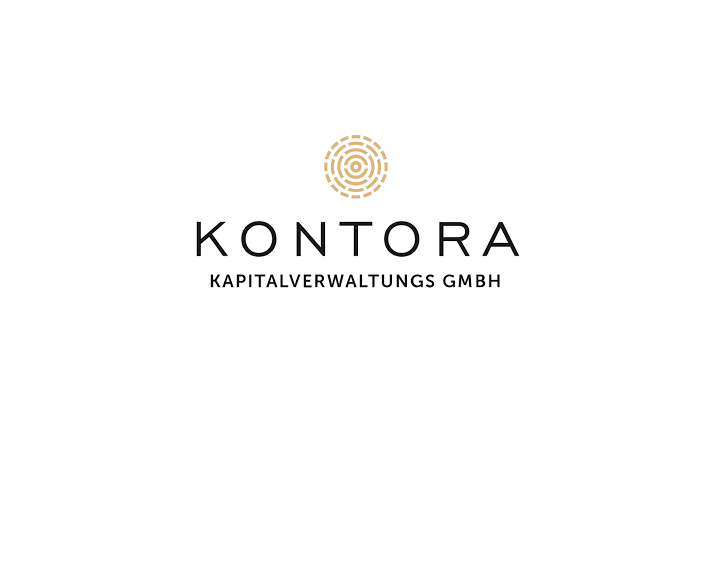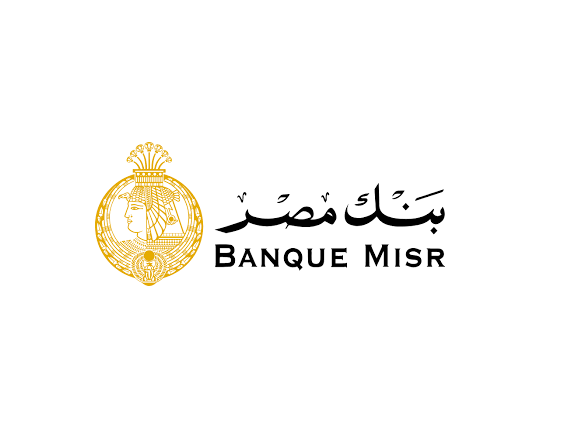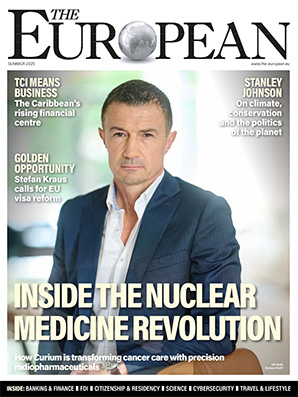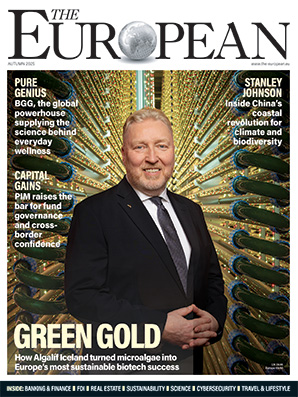New book tackles the hard truths behind the UN’s 17 SDGs

John E. Kaye
- Published
- Authors, Sustainability
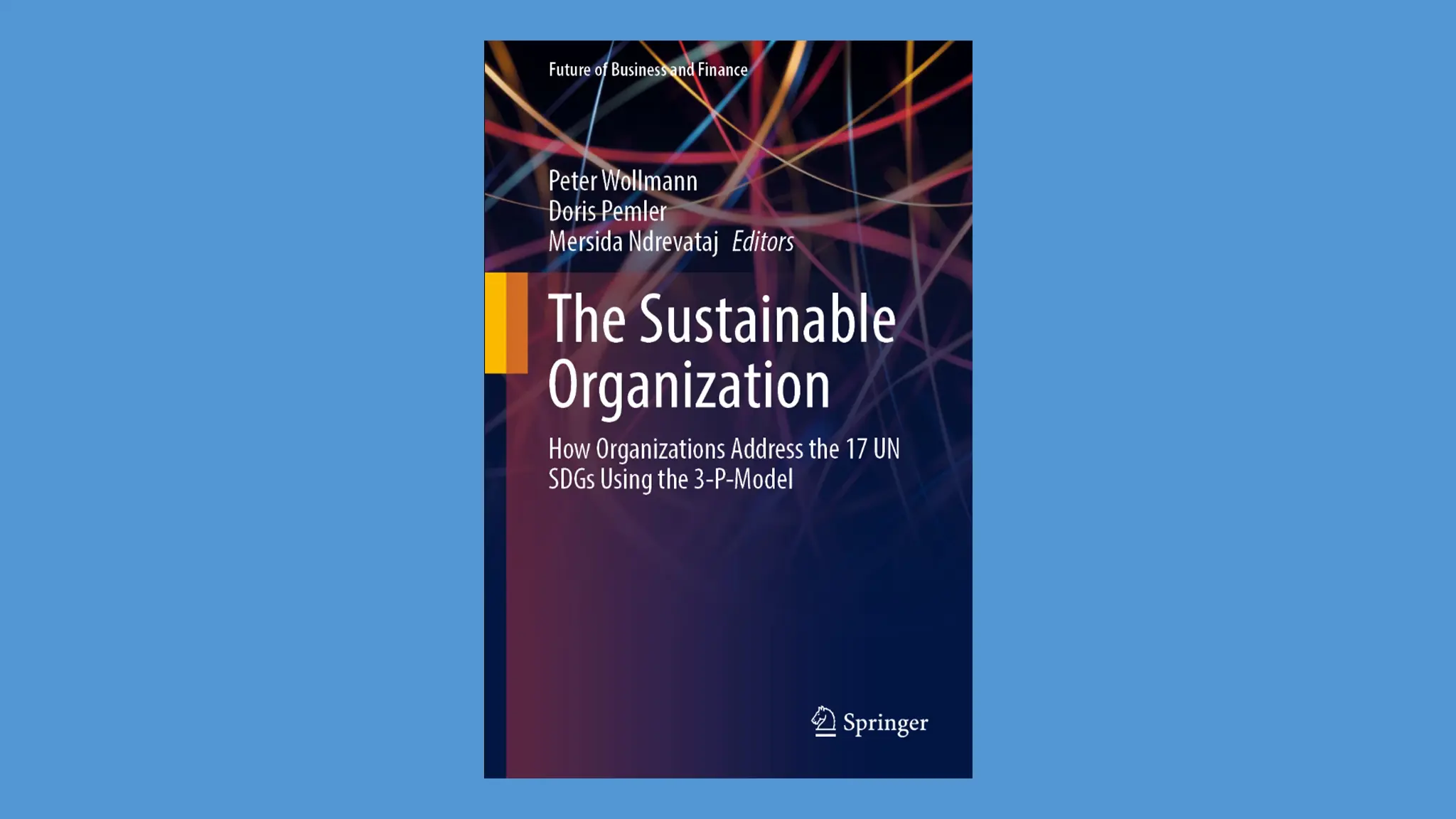
The Sustainable Organization, a forthcoming release from SpringerNature, offers a new mindset for tackling the UN’s 17 Sustainable Development Goals—without pretending the path is simple or the solutions universal. We review an exclusive pre-publication copy
How do you lead when you don’t know where you’re going? It’s the quiet question at the heart of The Sustainable Organization, a forthcoming book from SpringerNature that tackles one of the most complex challenges facing institutions today: the UN’s 17 Sustainable Development Goals.
Due for release in early summer 2025, the book marks the latest in a growing canon of work developed by a global author community spanning more than 20 countries across every continent. Since 2020, this group—comprising academics, UN leaders, consultants, investors, and system theorists—has been working to reframe how institutions respond to disruption. Their core output is the Three-Pillar Model, a mindset framework built around Sustainable Purpose, Travelling Organisation, and Connectivity.
Unlike most management models, the Three-Pillar approach is not designed to be rolled out in modules or mapped onto a slide deck. Rather, it’s a way of thinking; an adaptive cognitive stance for organisations trying to find direction through volatility, long-term uncertainty, and political pushback. And according to the editors, it’s already been tested in more than 80 public and private sector use cases worldwide.
The Sustainable Organization applies this thinking to one of the most complex agendas of all: the UN’s 17 Sustainable Development Goals. The book doesn’t pretend to offer a master plan for achieving them. Instead, it readily accepts that global change is rarely tidy, universal or easily governed. As the editors write, sustainable transformation is “a conglomerate of diverse and interconnected journeys driven by countless parties with individual interests and systemic conditions.”
The Editors



The chapters span a wide spectrum, from venture capital to education, climate governance to historical precedent. But they are unified by a refusal to overpromise. The aim, say the editors, is to offer “inspiring use cases” that illustrate what can happen when an organisation adopts the mindset of a Travelling Organisation: open to change, alert to context, and willing to work across boundaries without waiting for certainty.
There is no shortage of contributors: 25 authors from 10 countries, including former UN executives, leading academics, NGO directors, startup investors, linguists, philosophers and practitioners. Together they contribute theoretical insight and practical experience from projects already underway, ranging from SDG-aligned investment strategy to deep cultural change in institutions.
The Authors






















One standout element is the book’s treatment of perception itself. Rather than blame inertia on bad will or weak governance, the editors explore neurological and cognitive biases—the mental shortcuts that make humans resistant to complex, non-linear change. By naming these traps, they offer a more realistic and strategic path forward.
At a time when ESG strategies are facing scrutiny and SDG momentum has slowed, this book doesn’t echo the backlash, and nor does it rely on abstract optimism. Instead, it positions itself as a fact-based encouragement—a field guide of sorts for long-haul thinkers and institutional actors trying to navigate tricky ground with clarity and intent.
The closing argument is simple: the organisations most likely to succeed in this landscape are those that keep moving, even when the path ahead remains unclear.
The Sustainable Organization – How Organizations Address the 17 UN SDGs Using the 3-P Model will be published in hardcover on 13 July 2025. Pre-orders are now available through SpringerNature priced £69.99.
Sign up to The European Newsletter
RECENT ARTICLES
-
 Afore SURA awarded Pension Fund Management Company of the Year 2025
Afore SURA awarded Pension Fund Management Company of the Year 2025 -
 BOV Fund Services Limited wins in The European Banking & Finance Awards 2024
BOV Fund Services Limited wins in The European Banking & Finance Awards 2024 -
 Amberdata wins two titles in The European Banking & Finance Awards 2024
Amberdata wins two titles in The European Banking & Finance Awards 2024 -
 Ajman Bank wins in The European Banking & Finance Awards 2024
Ajman Bank wins in The European Banking & Finance Awards 2024 -
 Creditú wins three titles at The European Banking & Finance Awards 2024
Creditú wins three titles at The European Banking & Finance Awards 2024 -
 Krungthai Bank PCL wins five awards in The European Banking & Finance Awards 2024
Krungthai Bank PCL wins five awards in The European Banking & Finance Awards 2024 -
 Oakridge Property Group wins at The European Global Business Awards 2024
Oakridge Property Group wins at The European Global Business Awards 2024 -
 Old Mutual Investment Group wins two titles at The European Global Banking & Finance Awards 2024
Old Mutual Investment Group wins two titles at The European Global Banking & Finance Awards 2024 -
 AXA IM Select wins at The European Global Banking & Finance Awards 2024
AXA IM Select wins at The European Global Banking & Finance Awards 2024 -
 Zenith Bank Ghana wins five titles at The European Banking & Finance Awards 2024
Zenith Bank Ghana wins five titles at The European Banking & Finance Awards 2024 -
 SeABank awarded The Risk Management Bank of the Year - Vietnam 2024
SeABank awarded The Risk Management Bank of the Year - Vietnam 2024 -
 Vista Land & Lifescapes Inc. wins three titles at The European Global Business Awards 2024
Vista Land & Lifescapes Inc. wins three titles at The European Global Business Awards 2024 -
 Boursa Kuwait wins two titles at The European Global Sustainability & ESG Awards 2024
Boursa Kuwait wins two titles at The European Global Sustainability & ESG Awards 2024 -
 Gulf African Bank wins four titles at The European Banking & Finance Awards 2024
Gulf African Bank wins four titles at The European Banking & Finance Awards 2024 -
 Gulf Insurance Group awarded two Global Banking & Finance titles for 2024
Gulf Insurance Group awarded two Global Banking & Finance titles for 2024 -
 Eccelsa Aviation awarded three Global Business 2024 titles, including Best FBO Brand – Europe
Eccelsa Aviation awarded three Global Business 2024 titles, including Best FBO Brand – Europe -
 Afore Sura awarded Pension Fund Management Company of the Year 2024
Afore Sura awarded Pension Fund Management Company of the Year 2024 -
 Toledo Capital AG wins Best Boutique Wealth Management - Family Office 2024
Toledo Capital AG wins Best Boutique Wealth Management - Family Office 2024 -
 Banco de Chile awarded four Global Banking & Finance 2024 titles, including Bank of the Year - Chile
Banco de Chile awarded four Global Banking & Finance 2024 titles, including Bank of the Year - Chile -
 Kontora Family Office GmbH awarded Best Wealth Management Services - Germany 2024
Kontora Family Office GmbH awarded Best Wealth Management Services - Germany 2024 -
 Banque Misr awarded five Global Banking & Finance 2024 titles, including Best Banking Brand - MENA
Banque Misr awarded five Global Banking & Finance 2024 titles, including Best Banking Brand - MENA -
 Krungthai Bank PLC wins five awards in The European Banking & Finance Awards 2023
Krungthai Bank PLC wins five awards in The European Banking & Finance Awards 2023


